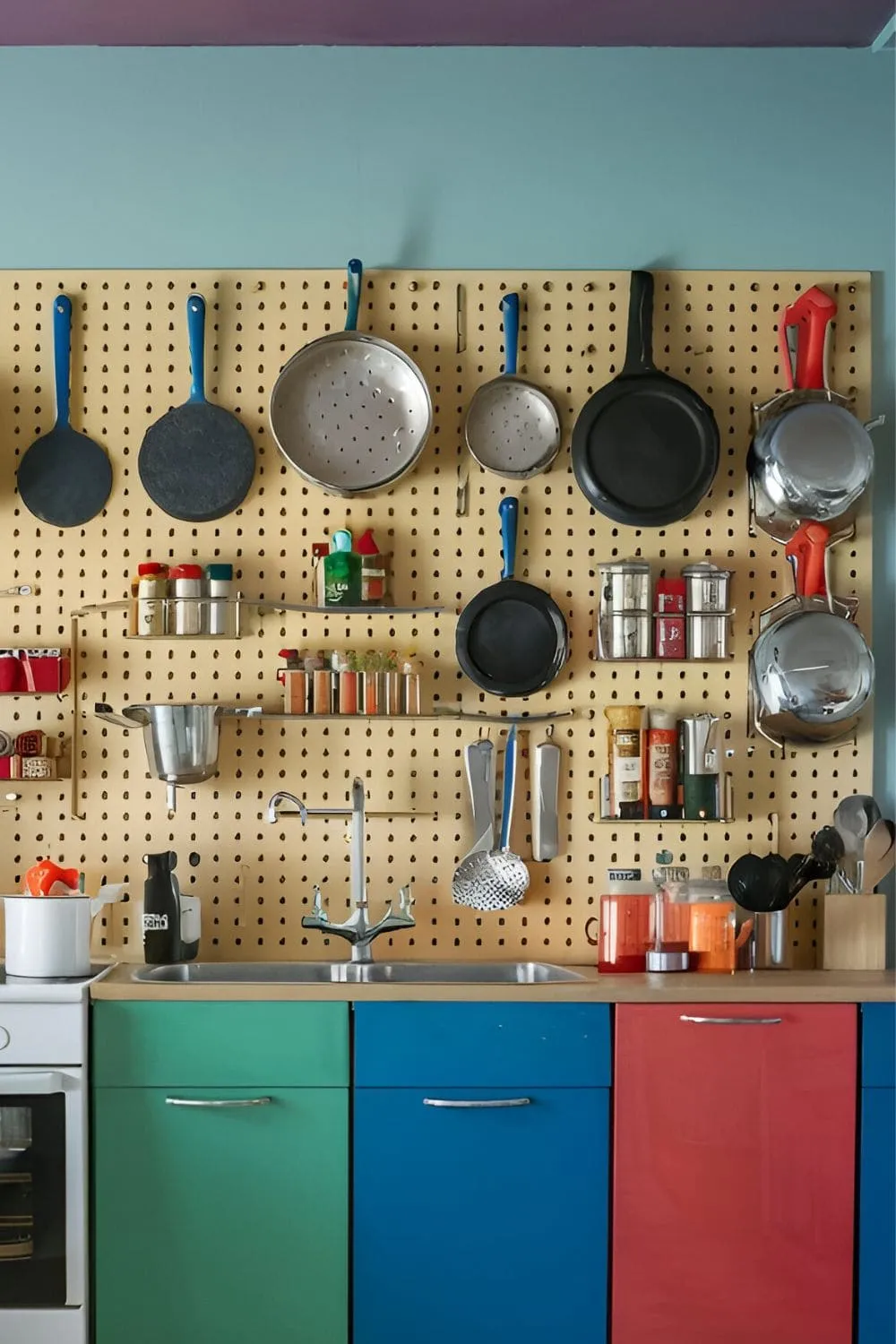Revitalizing your kitchen is an exciting endeavor, transforming the heart of your home into a space that reflects your style and meets your functional needs. Kitchen decor ideas go beyond mere aesthetics, encompassing the practical aspects of design and creating an environment that is both inviting and efficient. This guide will explore various elements of kitchen design, providing you with the inspiration and knowledge to refresh your space, from selecting the perfect theme and color palette to incorporating textures, patterns, and accessories, and optimizing furniture placement for maximum comfort and utility.
Choosing a Kitchen Decor Theme
The first step in refreshing your kitchen is establishing a cohesive theme. The chosen theme will act as a guiding principle, influencing every design decision from color palettes to furniture styles. A well-defined theme ensures that all the elements work in harmony, creating a unified and visually appealing space. Consider your lifestyle, personal preferences, and the existing architecture of your home when deciding on a theme. Whether you favor contemporary minimalism, cozy rustic charm, or something in between, selecting the right theme is crucial to the overall success of your kitchen renovation.
Modern Kitchen Decor
Modern kitchens embrace clean lines, sleek surfaces, and a minimalist approach. Characterized by a lack of ornamentation, modern design often features handle-less cabinets, stainless steel appliances, and expansive countertops. Neutral color palettes, such as whites, grays, and blacks, are common, punctuated by pops of color through accessories or artwork. Natural light is prioritized, and open layouts are frequently employed to create a sense of spaciousness and seamless flow within the home. The use of innovative materials, such as quartz or concrete, adds a touch of sophistication and modernity to the kitchen design, making it a stylish and functional space.
Minimalist Kitchen Decor
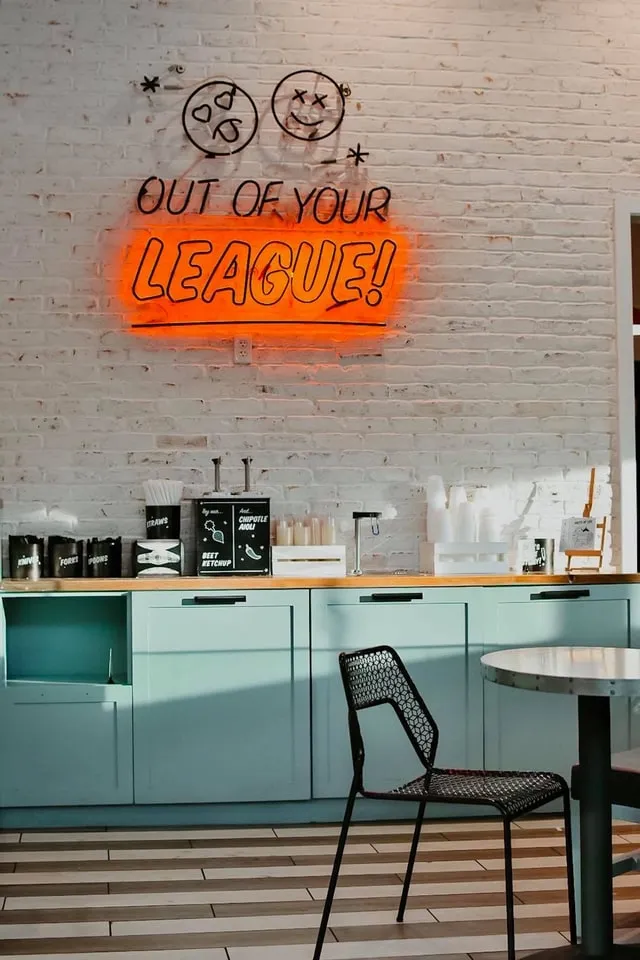
Minimalist kitchens take the modern aesthetic to its logical conclusion, stripping away all unnecessary elements to create a space of serene simplicity. The core principle of minimalism is ’less is more,’ which translates into uncluttered countertops, concealed storage solutions, and a focus on essential functionality. Color palettes are typically limited to a few neutral tones, such as white, beige, and light wood, creating a calming atmosphere. The overall goal is to design a kitchen that is not only visually appealing but also promotes a sense of calm and order. Minimalist kitchens are ideal for those who appreciate simplicity and a clutter-free environment.
Rustic Kitchen Decor
Rustic kitchens evoke warmth, charm, and a connection to nature. This style often incorporates natural materials like wood, stone, and exposed brick, creating a cozy and inviting atmosphere. Distressed finishes, antique furniture, and vintage accessories add character and a sense of history. Earthy color palettes, such as browns, greens, and creams, enhance the rustic feel. Open shelving, farmhouse sinks, and wooden countertops are common features, contributing to the kitchen’s overall charm and functionality. The rustic style offers a welcoming and timeless design, perfect for those seeking a sense of comfort and nostalgia.
Selecting the Right Color Palette
The color palette you choose significantly impacts the mood and ambiance of your kitchen. Colors have the power to influence our emotions and perceptions, so selecting the right combination is crucial for creating the desired atmosphere. Consider the amount of natural light your kitchen receives, the size of the space, and your personal preferences when making your selections. Light colors can make a small kitchen appear larger and brighter, while darker colors can create a more intimate and sophisticated feel. Experimenting with different color combinations can help you discover the ideal palette for your kitchen, creating a harmonious and visually appealing space.
Understanding Color Psychology
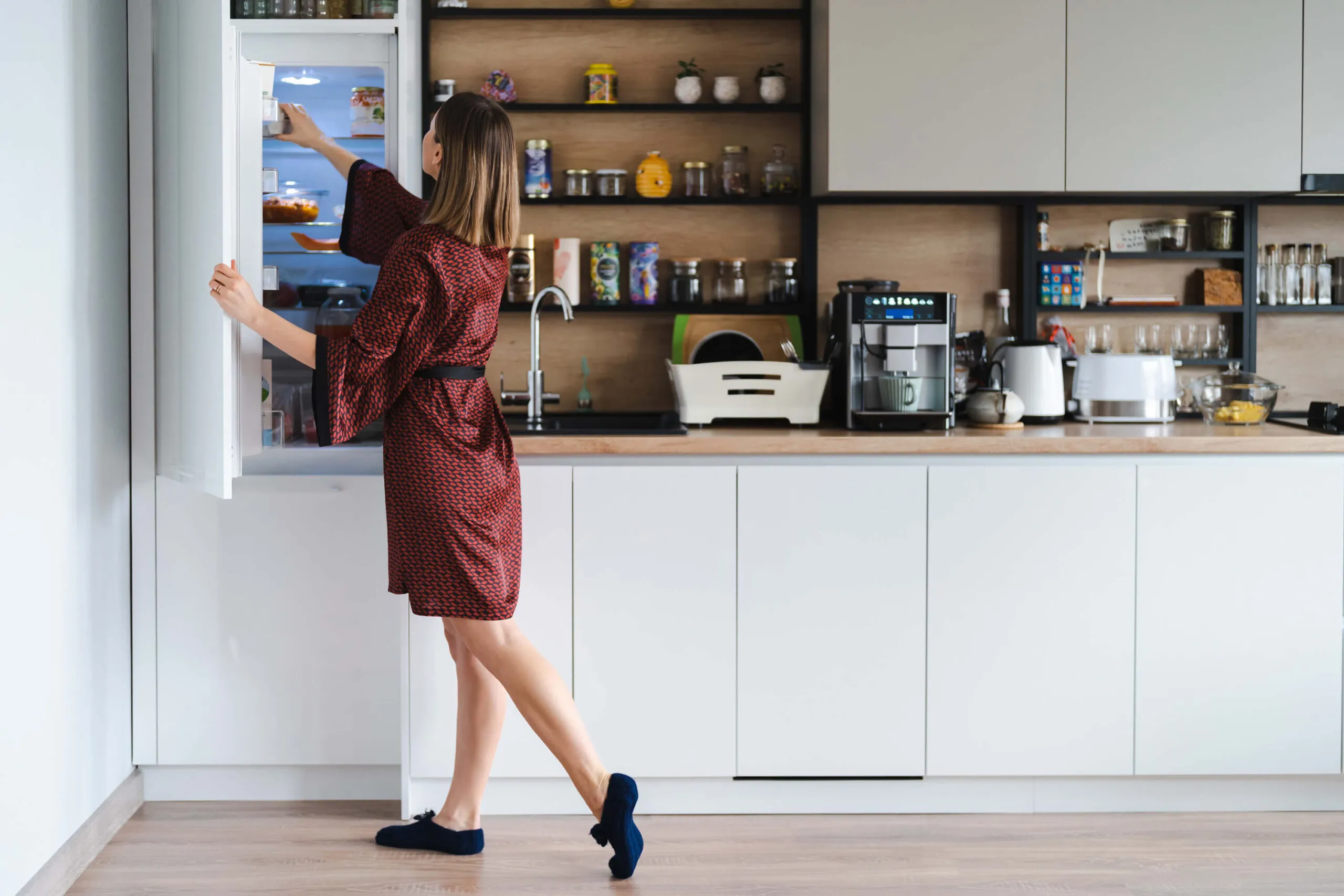
Color psychology explores how colors influence human behavior and emotions. Understanding this can help you make informed choices when designing your kitchen. For instance, blues and greens are often associated with tranquility and calmness, making them suitable for creating a relaxing environment. Yellows and oranges can promote energy and cheerfulness, making them excellent choices for kitchens that are used frequently. Whites and neutrals provide a sense of cleanliness and spaciousness, while reds can stimulate appetite and create a sense of excitement. Consider the specific impact each color has on the mood of the kitchen.
Popular Color Combinations for Kitchens
Certain color combinations consistently prove popular in kitchen design. Classic pairings include white and gray, which create a timeless and versatile look. Navy blue and white offer a nautical or coastal feel, adding a touch of sophistication. Green and white can bring a sense of freshness and natural beauty to the space. Earth tones, such as beige and brown, offer warmth and coziness. When selecting colors, always consider how the colors interact with the lighting and the other elements in the kitchen. You can use these combinations as inspiration, but feel free to add accent colors or adjust the shades to personalize the palette.
Incorporating Textures and Patterns
Textures and patterns introduce visual interest and depth to your kitchen, preventing it from appearing flat or monotonous. Mixing different textures, such as smooth countertops with rough-hewn wooden cabinets, adds dimension and enhances the overall aesthetic. Patterns can be introduced through backsplashes, wallpaper, curtains, and upholstery, providing opportunities for self-expression and personalization. Thoughtfully chosen textures and patterns transform a standard kitchen into a more visually appealing and engaging space. Remember to use a variety of textures and patterns while maintaining a balance so that they don’t overwhelm the space.
Adding Texture with Backsplashes
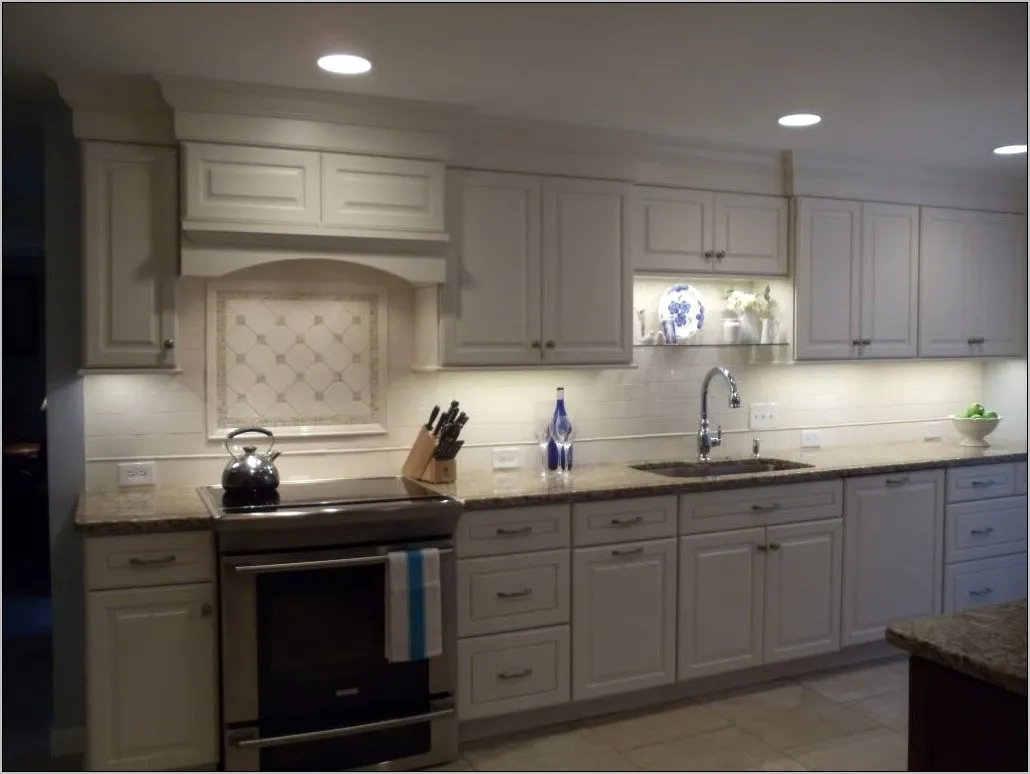
Backsplashes are excellent opportunities to add both texture and pattern to a kitchen. Consider using materials like subway tiles, mosaic tiles, or natural stone to create a visual focal point. Textured tiles, such as those with a 3D effect or a handmade appearance, can add depth and character. The grout color also affects the overall look; a contrasting grout can highlight the pattern, while a matching grout creates a more seamless appearance. Backsplashes not only add visual appeal, but also protect the walls from splashes and spills, making them a practical as well as aesthetic choice.
Using Patterns in Curtains and Upholstery
Curtains and upholstery offer further opportunities to introduce patterns into the kitchen. Printed curtains can add a pop of color and personality, while patterned upholstery on bar stools or dining chairs can tie the design together. When selecting patterns, consider the overall style of the kitchen and the existing color palette. Geometric patterns, floral designs, or bold stripes can all add visual interest. Make sure the patterns you choose complement each other and do not clash. If using several patterns, vary the scale and intensity to avoid overwhelming the space.
Selecting Kitchen Accessories
Kitchen accessories are the finishing touches that make a kitchen feel complete and reflect your personal style. These elements add visual interest, personality, and functionality to the space. Accessories range from decorative items, such as vases, bowls, and artwork, to practical items like cutting boards and utensil holders. Consider the overall design theme, color palette, and available space when choosing your accessories. A curated collection of well-chosen accessories can significantly elevate the look and feel of your kitchen, making it a more welcoming and personalized space.
Choosing the Right Lighting Fixtures
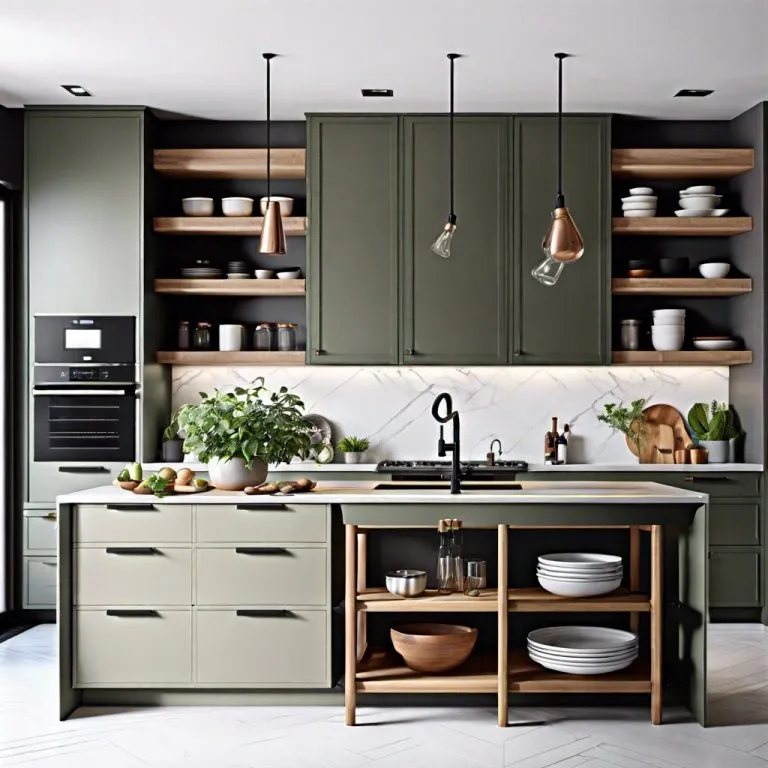
Lighting is a crucial element in kitchen design, influencing both functionality and aesthetics. Layered lighting, which includes ambient, task, and accent lighting, is key to creating a well-lit and inviting space. Ambient lighting provides general illumination, while task lighting is focused on specific work areas, such as countertops and the stovetop. Accent lighting highlights decorative elements or architectural features. When choosing lighting fixtures, consider the size and style of your kitchen. Pendant lights above an island, recessed lighting in the ceiling, and under-cabinet lighting are all popular choices. Ensure the lighting complements the overall design theme and provides adequate illumination for all your kitchen activities.
Adding Decorative Elements like Vases and Bowls
Decorative elements, such as vases, bowls, and artwork, are essential for adding personality and character to your kitchen. These items can serve as focal points, adding visual interest and reflecting your personal style. Consider placing a decorative vase on a countertop or island, filling it with fresh flowers or seasonal branches. Choose decorative bowls to display fruit or act as catch-alls for everyday items. Artwork, such as paintings or prints, can also be incorporated to add color and visual interest. Ensure the decorative items you choose complement the overall design theme and do not clutter the space. Remember that less is often more, so select items that you love and that enhance the overall look of the kitchen.
Optimizing Kitchen Space with Furniture
Strategic furniture placement is crucial for maximizing space and functionality in your kitchen. Consider the flow of movement and the placement of appliances when making your choices. Kitchen islands, breakfast bars, and dining tables all play key roles, offering space for food preparation, dining, and socializing. Choosing the right furniture not only improves the usability of the space but also enhances its aesthetic appeal. Think about the space you have available and the activities you regularly conduct in the kitchen, then select furniture accordingly, ensuring that all pieces work together to create an effective and attractive workspace.
Kitchen Island Ideas for Your Space
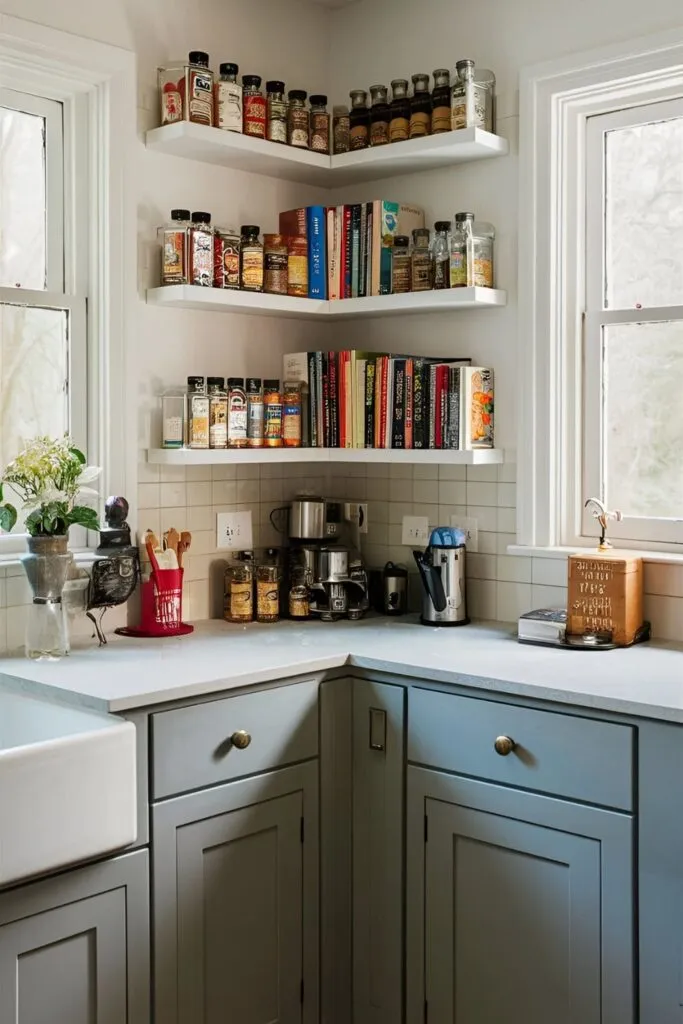
A kitchen island can serve multiple purposes, from providing additional counter space to offering a casual dining area. When selecting an island, consider its size and functionality. A large island can include a cooktop, sink, or dishwasher, while a smaller island can be used for food preparation or as a breakfast bar. Choose an island style that complements the overall kitchen design. Consider storage options, such as drawers and cabinets, to keep your kitchen organized. Ensure there is enough space around the island for easy movement and that it doesn’t obstruct the flow of traffic. A well-designed kitchen island is a valuable addition to any kitchen.
Choosing the Right Kitchen Table
The kitchen table is a gathering place, so its selection should be based on your family size and the frequency of use. Choose a table size and shape that fits your kitchen layout and allows for easy movement. Round tables encourage conversation, while rectangular tables are better suited for larger groups. Consider the materials used for the table. Wood tables offer warmth and durability, while glass tables create a more modern and open feel. Ensure the table complements the overall design theme of your kitchen. Choosing the right kitchen table helps create a welcoming and functional dining area.
Refreshing your kitchen involves carefully considering each element, from the overall theme and color palette to the incorporation of textures, patterns, and accessories. By understanding these key components, you can create a kitchen that is not only beautiful but also highly functional and reflects your unique style. Take the time to plan, experiment with different ideas, and don’t be afraid to make changes along the way. The result will be a refreshed kitchen, a space you’ll be proud to call the heart of your home.
